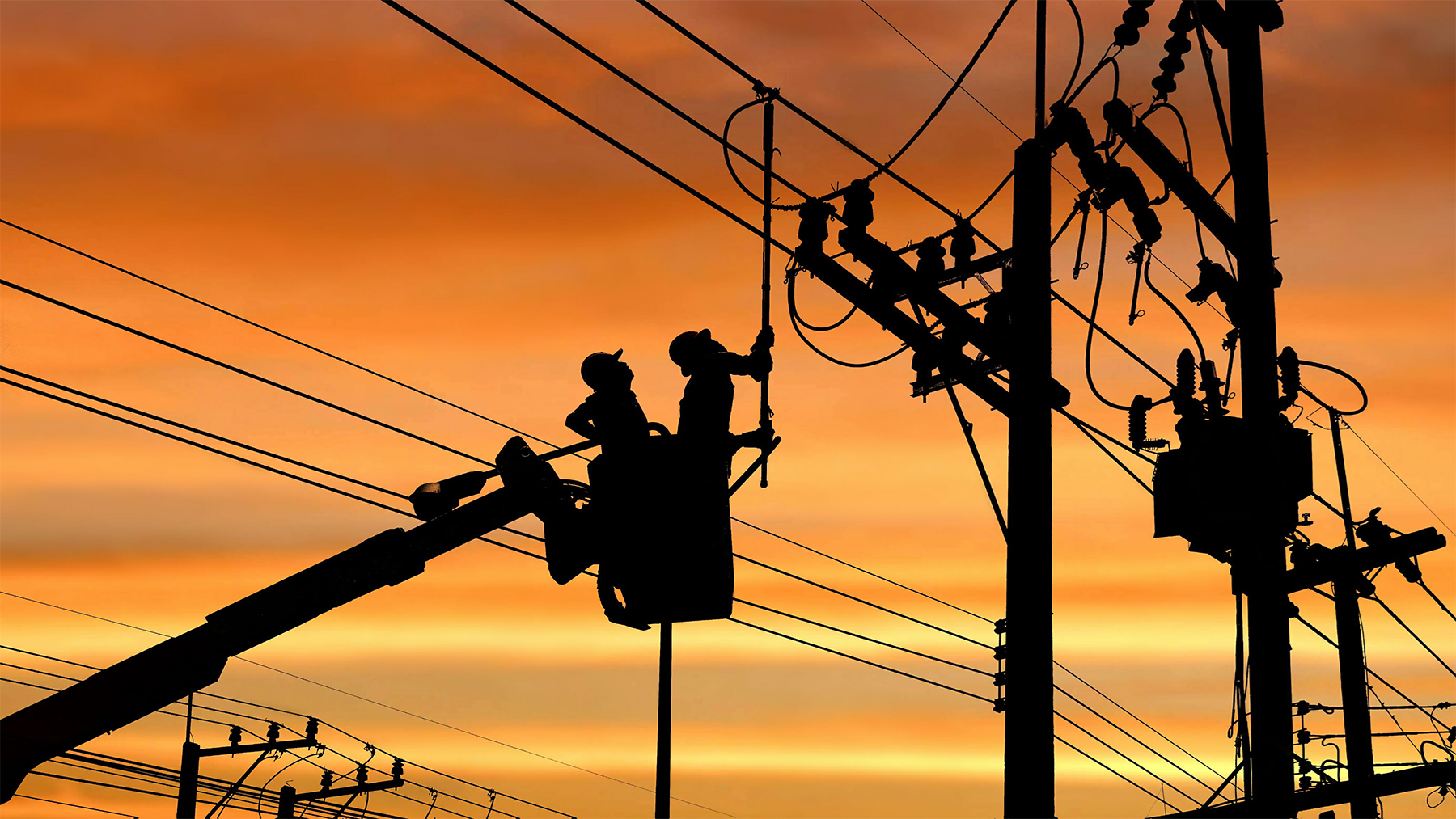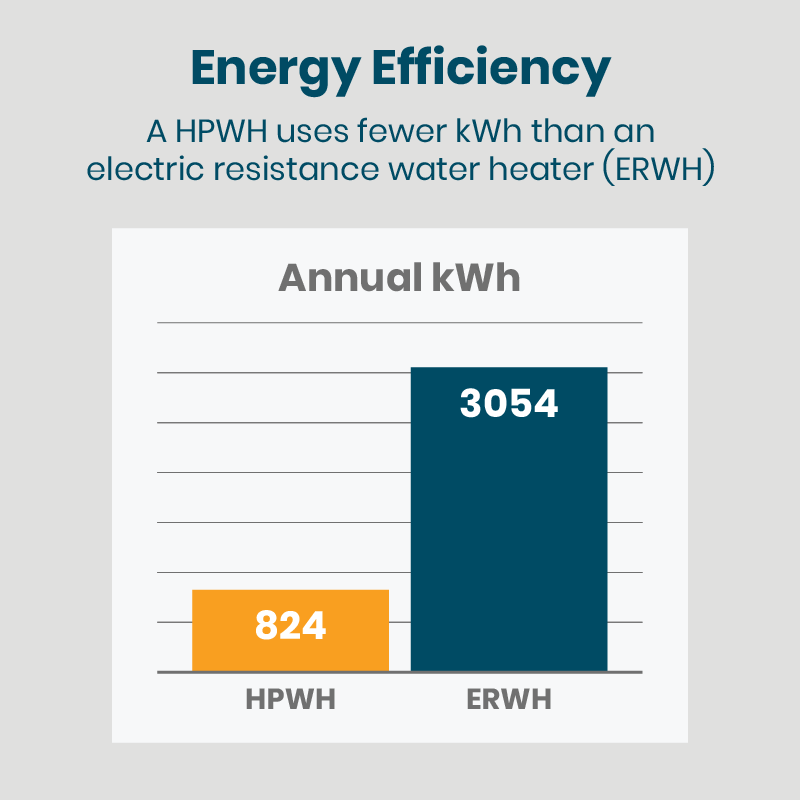What if utilities could lower costs for customers with a well-designed electrification program?

The Challenge
As we strive to reduce greenhouse gas (GHG) emissions produced by residential and commercial buildings, we need to do it in a way that supports the grid rather than creating additional challenges for utilities to manage.
The Solution
Installing high-efficiency electrical equipment such as heat pump water heaters (HPWH) with grid-interactive controls makes it easier for utilities to manage the grid at times when electricity demand is very high. Services: Clean and Flexible Grid , Energy Efficiency , Building Decarbonization
The Impact
The Grid-Connected Heat Pump Water Heater (HPWH) Guidebook and accompanying calculator tool developed by American Municipal Power, Inc. (AMP), in partnership with VEIC and the American Public Power Association Demonstration of Energy & Efficiency Developments (DEED) program, are helping public power utilities evaluate opportunities for grid-interactive HPWHs in their communities and design programs to maximize associated benefits. HPWHs are a valuable technology for beneficial electrification—electrification that reduces GHG emissions and lowers customer costs.
Planning for the Electrical Grid of the Future
As a growing number of businesses and households make the switch from fossil fuel equipment to appliances and vehicles powered by electricity, the demand on our electrical infrastructure is expected to rise. A recent study by the National Renewable Energy Laboratory found that widespread electrification could increase U.S. electricity consumption by nearly 40% in a high-adoption scenario.
Moreover, shifting from fossil fuels to electricity for heating, water heating, and transportation, will dramatically alter traditional patterns in the demand for electricity. Historically, for example, the use of electricity peaked in the hottest summer months, but as more people rely on electric heat pumps for heating, periods of high electricity use will gradually shift to winter months. These expected changes in how much and when electricity is needed make it important for utilities to be able to proactively deploy programs and technologies that make it possible to manage the impacts of electrification and reduce costs.

Electrifying Building Systems Without Overloading the Grid
Electrification itself presents a unique opportunity for customers and utilities alike, but it also comes with its own set of challenges. For residences and businesses, switching to HPWHs has the potential to reduce energy costs and save money. This is especially true as fuel prices increase. Yet, with the upfront cost of installation, supply chain challenges, and a nationwide shortage of skilled heat pump contractors, there are real barriers to heat pump adoption. For utilities, electrification can grow load, but if it isn’t well-managed, it can also drive up the costs associated with peak demand.
AMP partnered with VEIC on an APPA DEED project to create resources to address these challenges directly. The Grid-Connected Heat Pump Water Heater (HPWH) Guidebook and calculator tool help public power utilities assess the opportunity for grid-interactive HPWHs in their territory, design effective grid-connected HPWH programs, and maximize the benefits of electrification to customers, the utility, and the grid itself.
“The guidebook contains a wealth of information for utilities on grid‐interactive HPWHs. Coupled with the calculator these resources can help public power utilities understand both the opportunity and options for offering a grid-connected HPWH program to their customers. VEIC was a great partner in the development of this project. ”
Using the Guidebook and Calculator
The guidebook and calculator assist utilities to assess opportunities to the integrate grid-interactive HPWHs in the most beneficial and cost-effective manner. HPWHs are two or three times more energy-efficient than conventional electric resistance water heaters, and grid-interactive products can enable the utility to coordinate peak demand reductions. Software ensures that hot water is available when it’s needed and that the water heaters don’t have to draw electricity during periods of high demand. The guidebook and calculator enable utilities to model grid-interactive HPWH adoption under different conditions, rate and incentive structures, and climates. They help utilities evaluate the potential value and feasibility of thermal storage and other equipment options, and design grid-interactive HPWH programs that pass savings on to customers. These resources can also help utilities weigh the potential benefit of selling the value of a reduced peak load into the forward capacity market.
The guidebook and calculator help utilities assess the value and feasibility of a HPWH program, encourage beneficial load growth, and help to mitigate peak demand.
